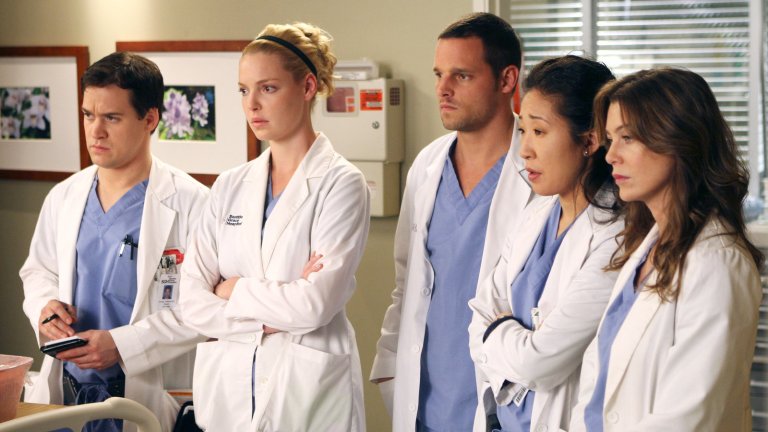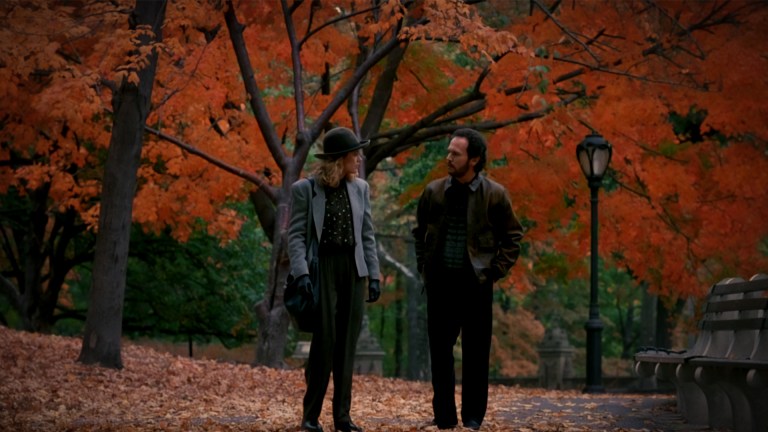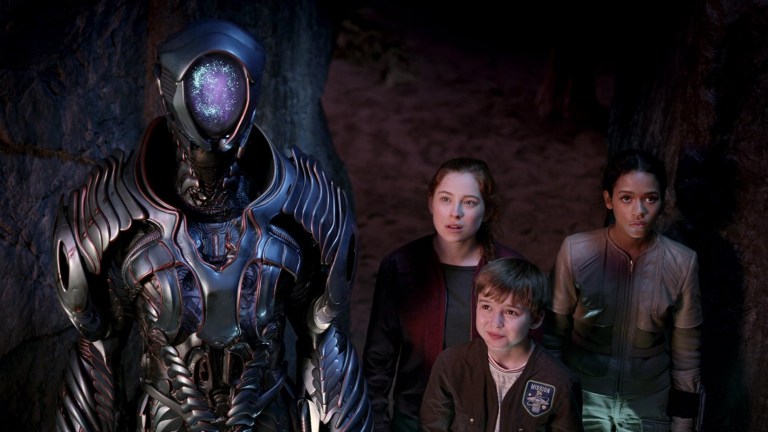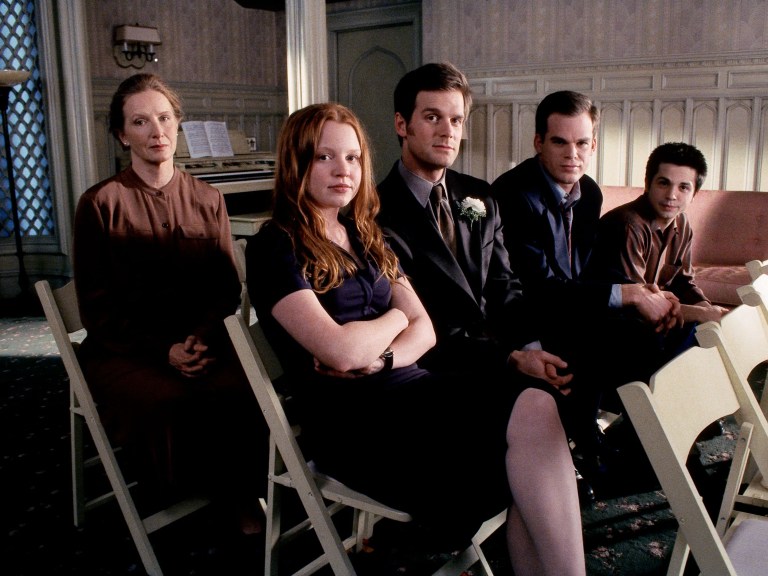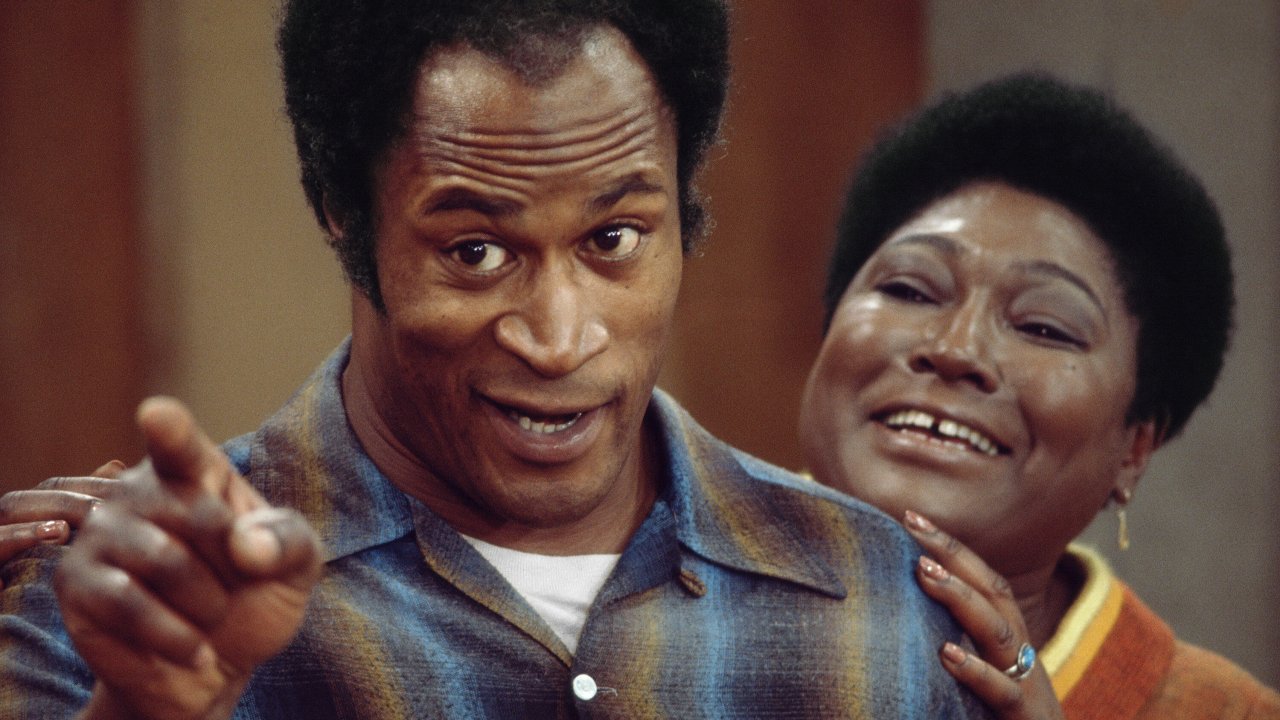
10 Black Sitcoms That Shaped The Future Of TV
These iconic shows not only brought laughter, but also paved the way for greater representation, storytelling, and cultural impact on the small screen.
By ![]() Mishal Zafar
Mishal Zafar
From breaking barriers to redefining comedy, Black sitcoms have played a crucial role in shaping television history.
Before streaming and binge-watching took over, generations of viewers rushed home to catch their favorite TV show. For them, it meant tuning in to see the Evans family making it through tough times, or watching Will Smith turn the Banks mansion upside down. Far more than just weekly entertainment. these were cultural moments that brought families together in living rooms across America. Whether it was Whitley and Dwayne’s romance on A Different World or Martin’s crazy schemes, these series gave us characters that felt like family. Here are 10 Black sitcoms that changed the television game and influenced everything that came after.
Sanford and Son (1972-1977)
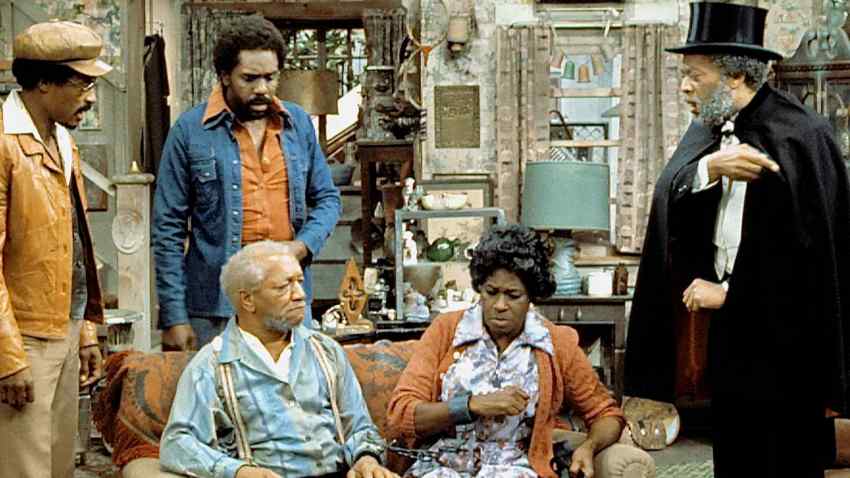
Nobody had seen anything quite like Fred Sanford when he first shuffled onto TV screens in 1972. When Redd Foxx brought his raw nightclub comedy style into America’s living rooms, audiences couldn’t get enough. The sitcom put a spotlight on the South Central junk business – not exactly your typical TV setting back then. Network executives finally realized Black stories could pull major ratings, and the floodgates then opened for more diverse shows. When Fred would clutch his chest and call out to Elizabeth, he wasn’t just being dramatic – he was helping write a new chapter in TV history.
Good Times (1974-1979)
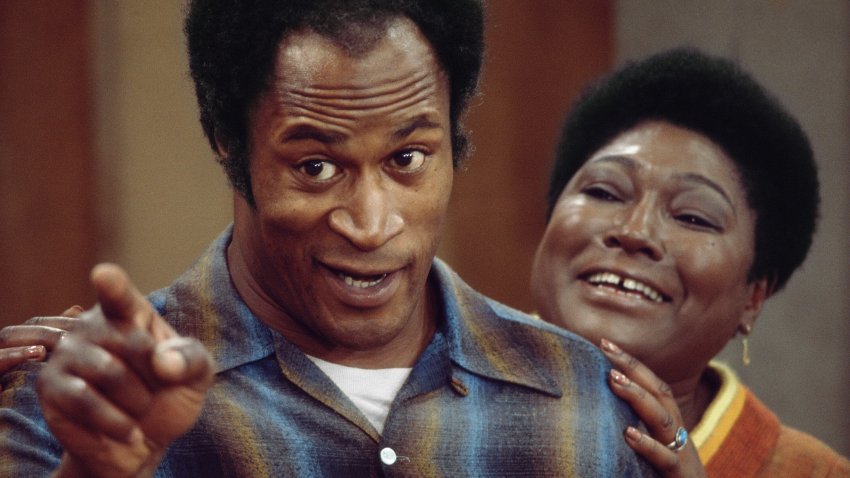
The Evans family brought something real to TV when they invited viewers into their apartment in the Chicago projects. Between Florida’s prayers and James’s determination, they showed how a family could face hard times with dignity and still find reasons to laugh. Kids across America started copying J.J.’s “Dy-no-mite!” catchphrase, but the series was more than just catchphrases and easy laughs. Nothing was off limits. From inflation and job discrimination to teen pregnancy and gangs, Good Times tackled it all. And the show proved you could make people think while making them laugh.
The Jeffersons (1975-1985)
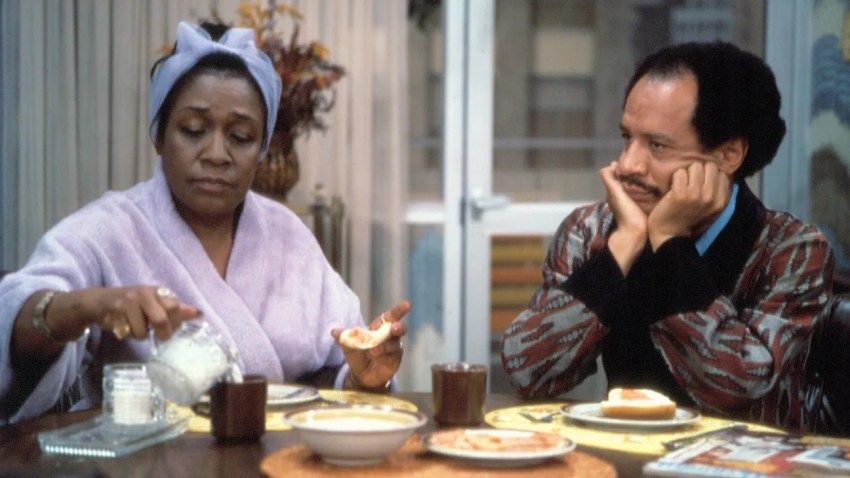
George and Louise Jefferson moved on up and took TV with them, showing Black success in a way nobody had seen before. George’s strut and Louise’s eye-roll became legendary, but beneath the laughs was a story about making it in a world that wasn’t always ready for Black excellence. The show threw open the door to conversations about race and class that most sitcoms wouldn’t touch with a ten-foot pole. Tom and Helen’s marriage wasn’t just groundbreaking – it showed interracial love as normal when most of America still raised eyebrows. And with eleven seasons of success, the series proved that Black stories had staying power.
Diff’rent Strokes (1978-1986)
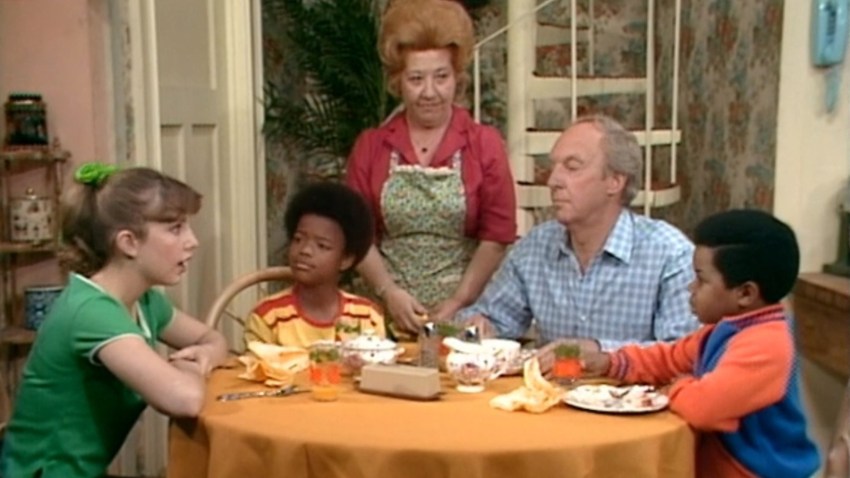
When Arnold first asked “Whatchu talkin’ ’bout, Willis?” nobody knew they were hearing a catchphrase that would echo through TV history. The show flipped the script on family sitcoms by bringing race and class differences right into a Park Avenue penthouse. And it made Gary Coleman and Todd Bridges two of the most recognizable kid actors on TV. The comedy wasn’t afraid to get serious, tackling heavy topics like racism, drug use, and child abuse in ways that family shows rarely dared. The Drummond family showed America that love knows no color.
The Cosby Show (1984-1992)
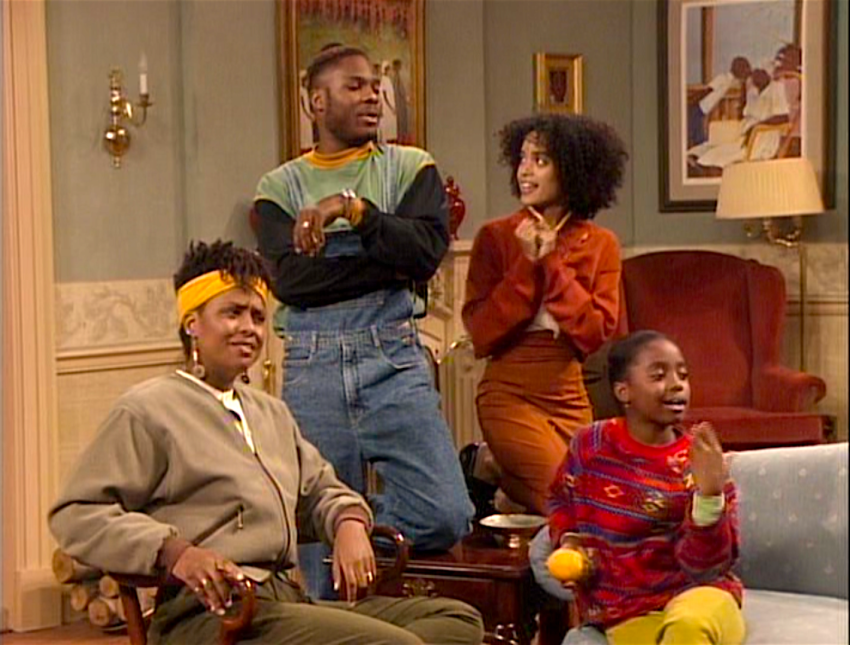
The Huxtables kicked the door wide open showing America an upper-middle-class Black family that felt aspirational and real. Dr. Huxtable’s parenting style and his attorney wife Claire’s fierce intelligence shattered stereotypes. Their brownstone became America’s favorite home, with Thursday nights on NBC turning into must-see TV for families across the country. The show’s influence on how Black families were portrayed on television can’t be overstated.
A Different World (1987-1993)
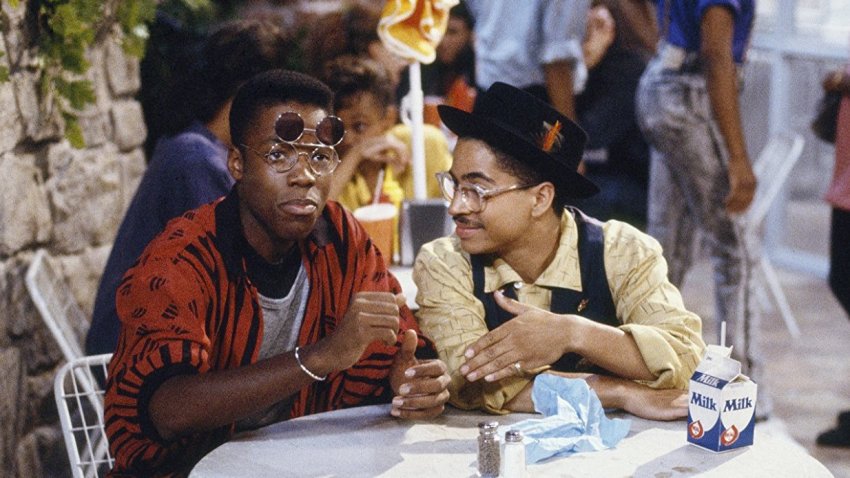
This Cosby Show spin-off put Black college life front and center, making Hillman College feel like home even for folks who’d never set foot on an HBCU campus. The show never shied away from real issues and tackled everything from dating and finals to AIDS and apartheid. Whitley and Dwayne’s romance had everybody invested, while the whole crew showed different ways to be young and Black in America. The series inspired a generation to pursue higher education and showed TV executives that young Black stories could drive ratings. Plus, the fashion, music, and culture of HBCUs finally got their moment in the spotlight.
The Fresh Prince of Bel-Air (1990-1996)
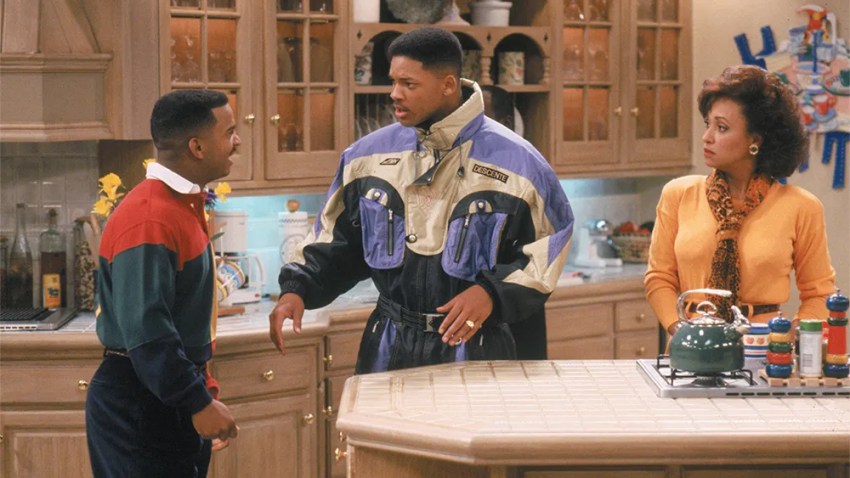
Will Smith’s move from Philly to Bel-Air changed the game, bringing hip-hop culture straight into prime time. The running gags – including Carlton’s dance moves and Jazz getting thrown out – became legendary. But along with the humor, the sitcom delivered meaningful storylines, like father-son relationships, racial profiling, and class differences.
Martin (1992-1997)
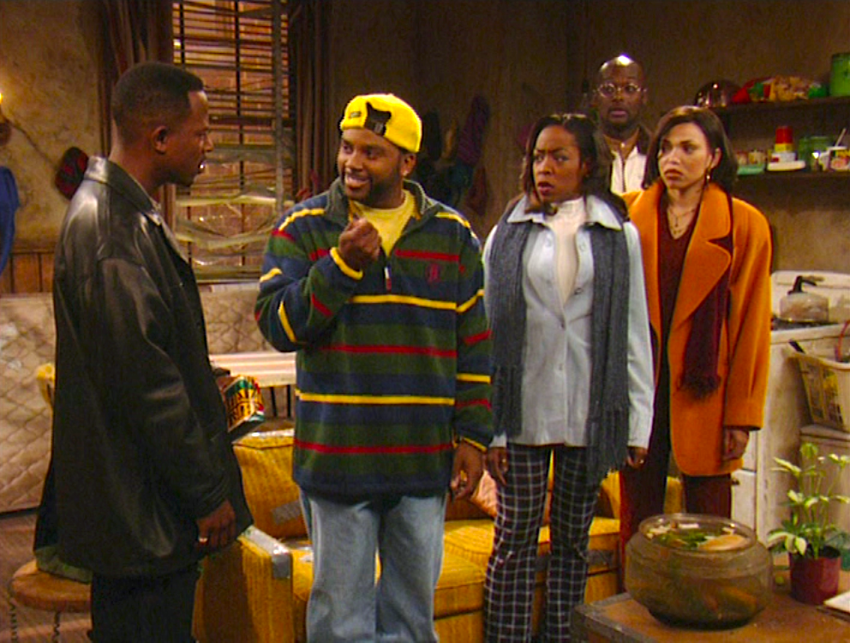
Martin Lawrence brought raw, unfiltered comedy to Fox and helped changed the sitcom landscape. His character’s wild energy and cast of personalities showed you could be loud, proud, and authentically Black on prime time. The chemistry between Martin and Gina gave us one of TV’s most memorable couples, while the whole crew felt like friends you’d want to hang out with. Pam and Martin’s endless roast sessions elevated the art of the comeback, and the show’s influence on Black comedy and pop culture is still felt today.
Living Single (1993-1998)

Before Friends hit the scene, Khadijah and her crew were holding it down in Brooklyn, showing young Black professionals living their best lives. The show’s mix of career drama, friendship, and romance created the template for every young adult sitcom that followed. Queen Latifah led a cast that showed Black women could be successful, messy, and real all at once. Their brownstone became the spot where career ambition met real talk about relationships and life.
Girlfriends (2000-2008)
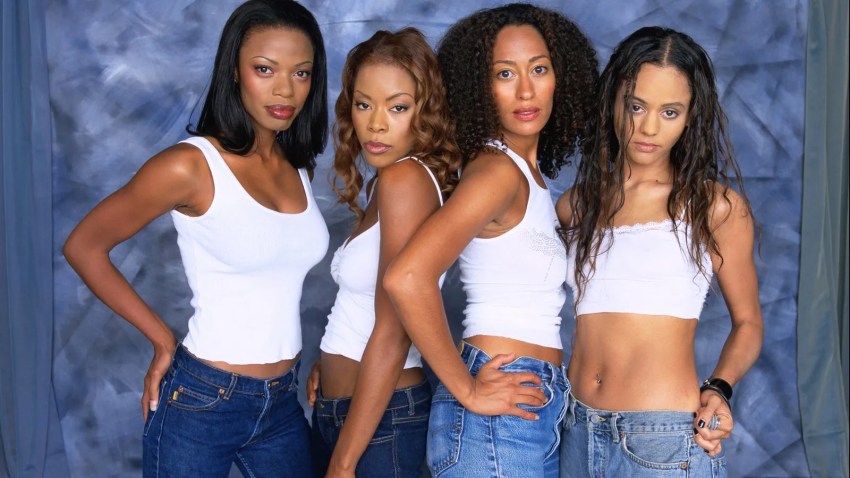
Joan, Toni, Maya, and Lynn brought Black female friendship into the new millennium. The group dealt with everything from dating and career moves to colorism and class differences, and the show’s honest look at complex friendships between Black women set a new standard for TV. The series proved that Black women’s stories could sustain eight seasons of rich, nuanced storytelling.

